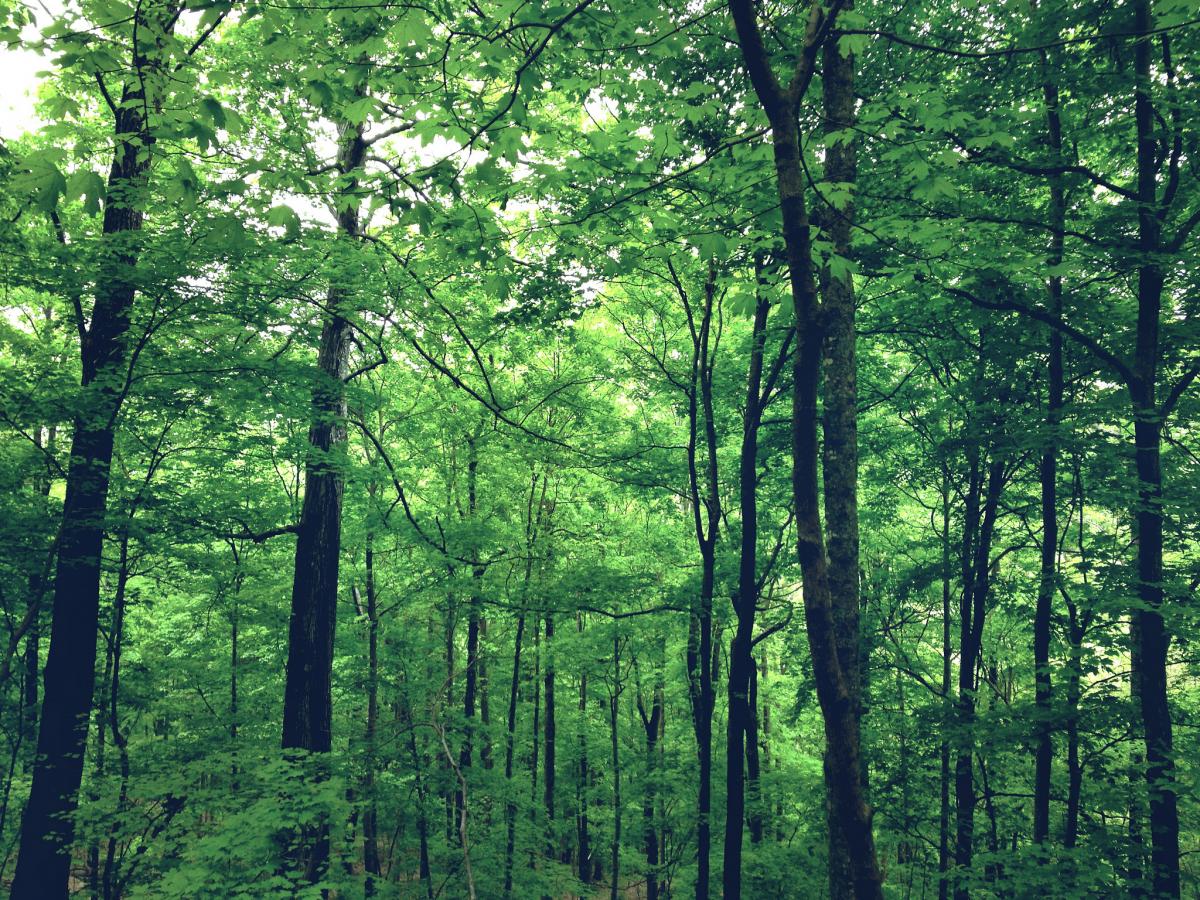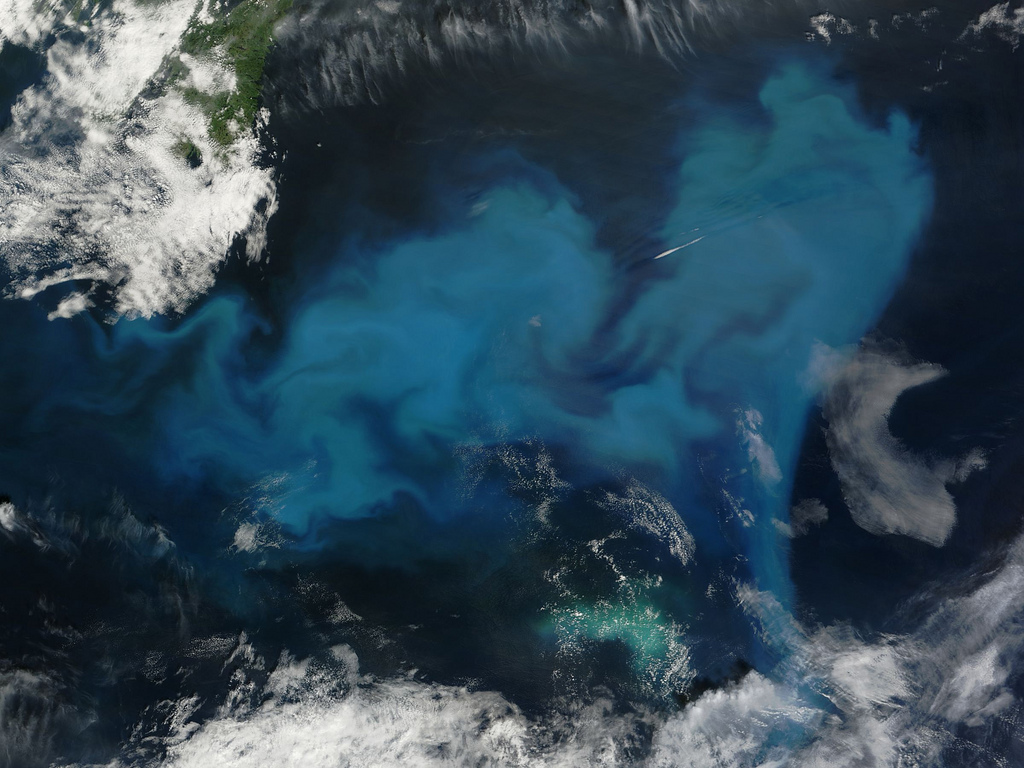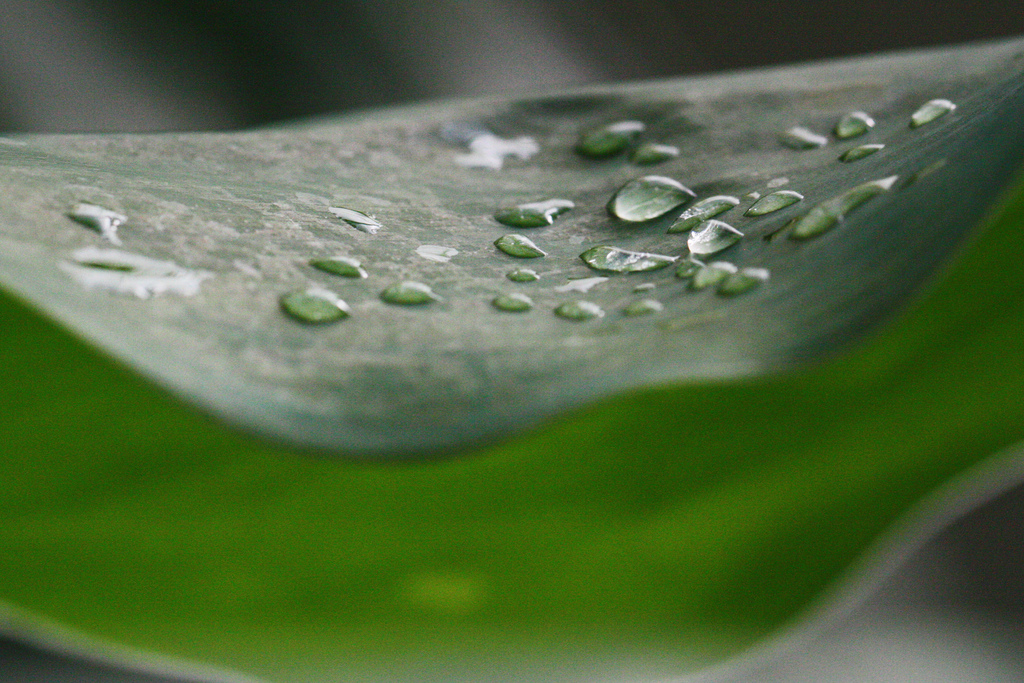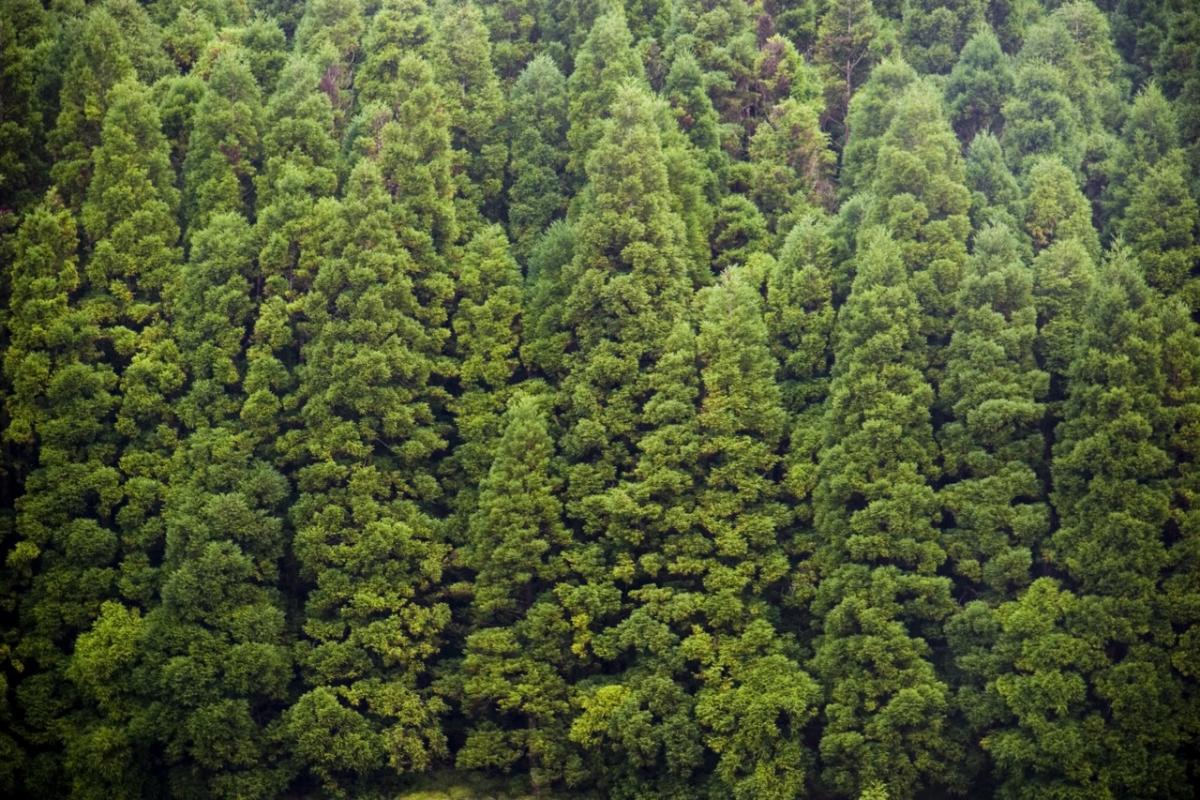A world without trees Inspire article
Contemplating the consequences of a tree-free planet.
There are approximately 3.04 trillion trees on planet Earth (Crowther et al, 2015), covering 31% of the world’s land surfacew1. Today, for Earth day, we’re taking a look at trees.

image source: Flickr
Around 15 billion trees are cut down each year. So, hypothetically speaking, it would take just over 200 years for the world’s forests to completely disappear. While this scenario is unlikely, what would be the consequences of a tree-free planet? Let’s start with perhaps the most obvious difference – oxygen concentration.
A lack of oxygen?
Oxygen makes up roughly 21% of the Earth’s atmosphere, but you probably know that already. What you might be surprised to find out, however, is that only half of this oxygen is produced through photosynthesis in trees and other plants on land. The other half is produced in oceans, by microscopic marine organisms called phytoplankton. The environment would not be devoid of oxygen if all trees were lost but the oxygen level would be lower. Would it be sufficient for humans to survive? In one year, a mature leafy tree produces as much oxygen as ten people breathe. If phytoplankton provides us with half our required oxygen, at current population levels we could survive on Earth for at least 4000 years before the oxygen store ran empty. However, that’s not considering a number of other factors: increasing population size, for example, would reduce the amount of oxygen available, whilst phytoplankton blooms due to an abundance of carbon dioxide could increase oxygen levels.
Suffocating smog
Whilst there may be enough oxygen for humans to survive on Earth, at least to begin with, the air we breathe could still be responsible for our demise. Like giant filters, trees help to cut down on pollution levels. Leaves intercept airborne particles and ozone, carbon monoxide, sulfur dioxide and other greenhouse gases are absorbed through the leaves stomata. In 2012, outdoor air pollution was estimated to cause 3.7 million premature deaths worldwidew2. Imagine the impact removing these environmental sieves would have on humankind. Air-pollution masks would become a necessity and bottled ‘clean air’ could come at a premium.
Full of hot air?

coast of Newfoundland.
Image courtesy of NASA
Goddard Space Flight Centre;
image source: Flickr
Armed with pollution masks, would the climate and temperature still be suitable for us? One important consideration is carbon dioxide. In one year, an acre of mature trees soaks up the same amount of carbon dioxide that we produce by driving the average car 26 000 miles. Since human activities like this increase the normal level of carbon dioxide in the atmosphere, cutting down trees would tip the balance even further, not to mention the enormous amount of stored carbon that would be released from doing so.
Deforestation is already responsible for up to 15% of global greenhouse gas emissions and you might think that an overwhelming increase in carbon dioxide would result in a much warmer planet. However, the relationship between trees and global temperature is much more complicated.
Energy and water fluxes between trees and the atmosphere also play a role and a tree’s colour, for example, can affect the amount of the Sun’s energy that is absorbed or reflected. Studies have shown that Europe’s trees have actually caused a slight increase in regional temperatures since 1750w3, while transpiration from plants in tropical forests cools the surface temperature. Therefore, whether the temperature becomes too hot to handle could depend on many factors, although a recent study concluded that reducing forest size increases average air surface temperatures in all climate zones (Alkama & Cescatti, 2016).
Rain check

image source: Flickr
If you often get caught in the rain without an umbrella this next consequence may seem appealing at first: removing trees might reduce rainfall. Lands would quickly dry out as less moisture is returned to the atmosphere, a crucial role of trees in the water cycle. A study in 2012, for example, found that by 2050 destruction of tropical rainforests would reduce rain across the Amazon basin by up to 21% in the dry season (Spracklen et al, 2012). It could also drive significant and widespread shifts in rainfall distribution, affecting agriculture locally and further afieldw4. Without trees we would not only live in a world of widespread drought, but we would likely be exposed to more frequent extreme weather events such as flooding, when it does rain. In which case, our natural, resilient safety buffer would not be there to lessen the blow.
Substandard soil
Without trees and roots to hold soil together, erosion would quickly occur and heavy rains would easily wash soil away. The soil would also be full of dangerous chemicals and pollutants that are normally filtered by trees, so attempting to grow anything on Earth would prove difficult. Plants are the foundation of all food chains. Without trees there would be no paper, no pencils, even no coffee or tea, but more fundamentally there would also be no food for animals, or us, to eat. And since 70% of the Earth’s land animals and plants live in forests, the majority would lose their habitat.

Hiironniemi; image source:
Flickr
The prospect of a world without trees looks very grey (and much less green). Even if we survived on dirty air, endured catastrophic climatic events and found a way to sustain ourselves, would it be a world in which you wanted to live? What other theories do you have about what a tree-free planet would be like? Tell us in the comments section; we’d love to hear your ideas!
And, if this article has got you thinking about the value of trees, you can help the Earth Day Network reach its goal of planting 7.8 billion trees over the next 5 years.
References
- Alkama R, Cescatti A (2016) Biophysical climate impacts of recent changes in global forest cover. Science, 351(6273), pp.600-604. DOI:10.1126/science.aac8083
- Crowther et al (2015) Mapping tree density at a global scale. Nature, 525(7568), pp.201-205. DOI:10.1038/nature14967
- Spracklen D, Arnold S, Taylor C (2012) Observations of increased tropical rainfall preceded by air passage over forests. Nature, 489(7415), pp.282-285.
Web References
- w1 – The World Data Bank gives information about global forest area http://data.worldbank.org/indicator/AG.LND.FRST.ZS/countries?display=graph
- w2 – Key facts about outdoor air quality and health from the World Health Organization http://www.who.int/mediacentre/factsheets/fs313/en/
- w3- This article from Science mag explains how European’s trees have been warming the planet http://www.sciencemag.org/news/2016/02/europe-s-trees-have-been-warming-planet
- w4 – Large scale deforestation in the tropics could shift rainfall patterns and affect agriculture, as explained in this article. http://news.mongabay.com/2014/12/tropical-deforestation-could-disrupt-rainfall-globally/





